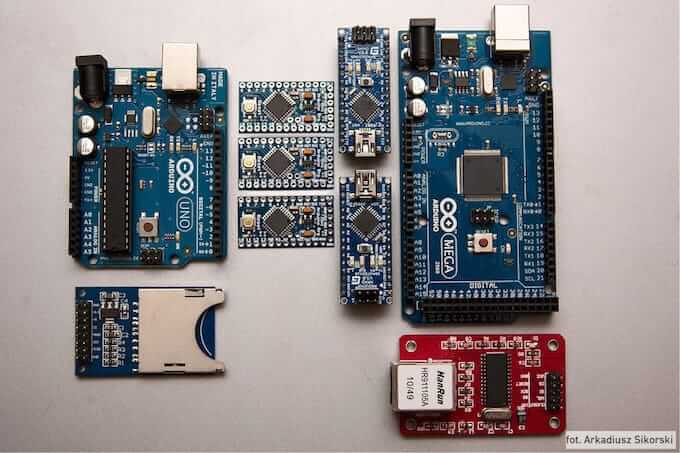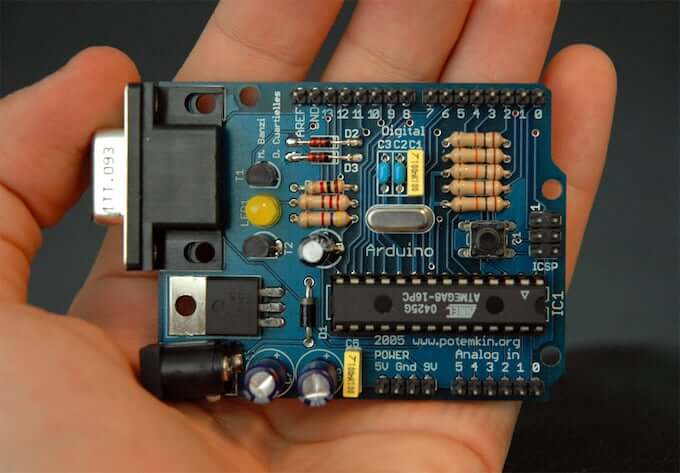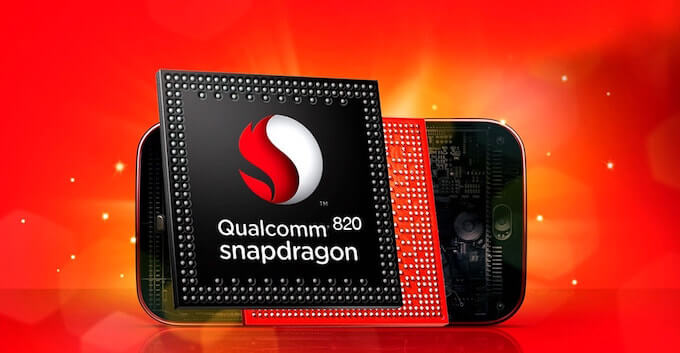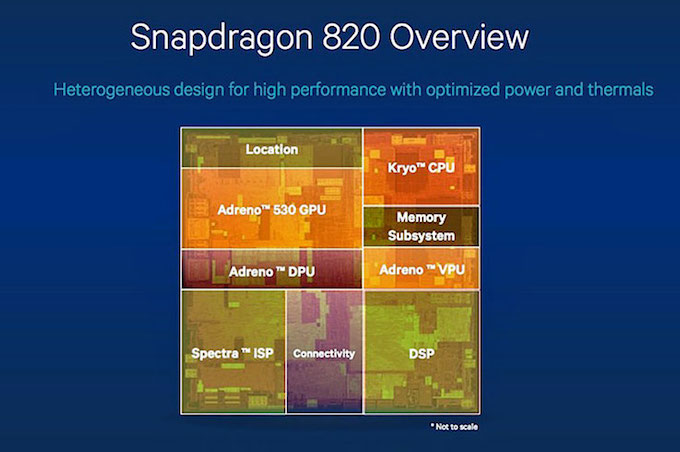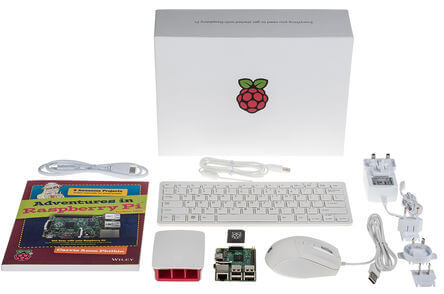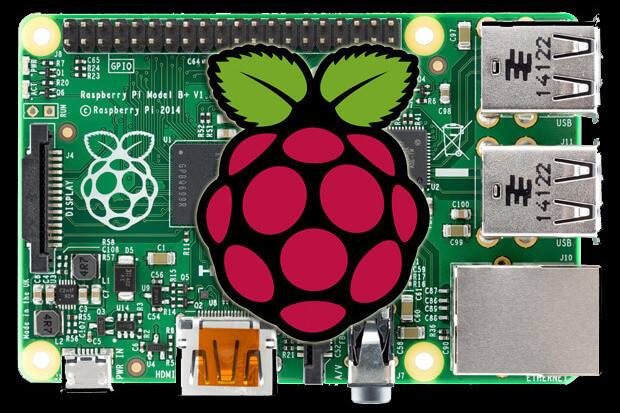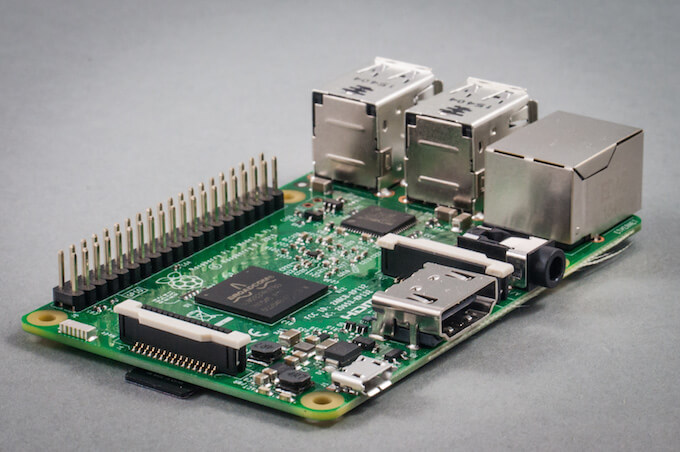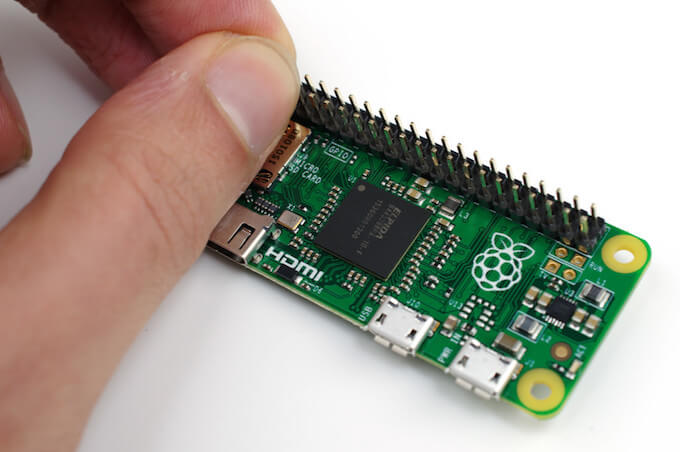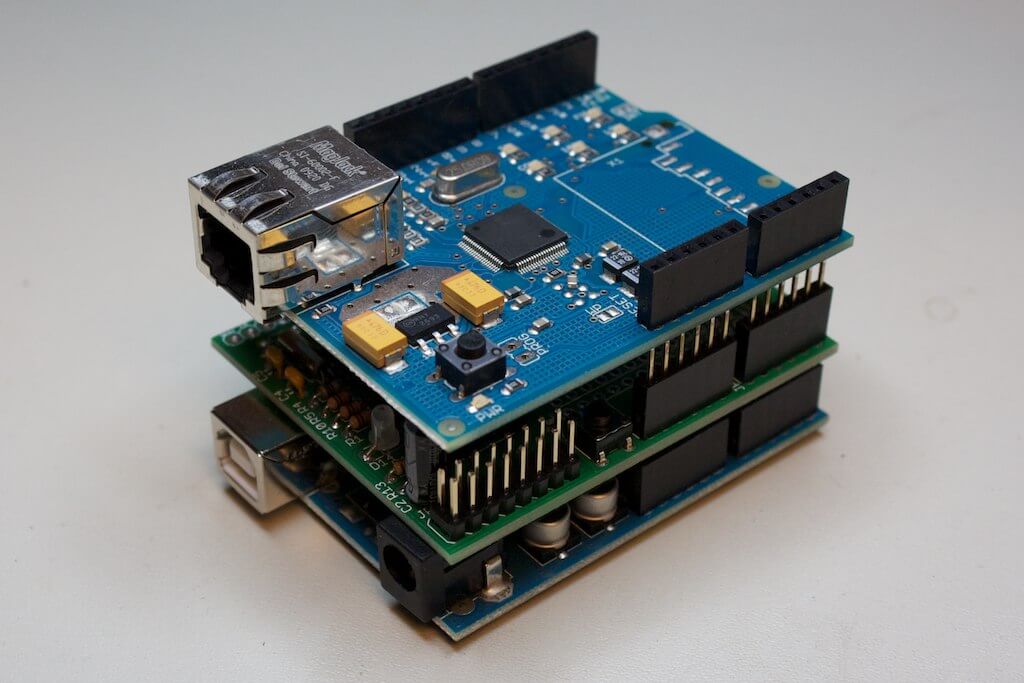Many beginners, till date, believe that a microcontroller is similar to a microprocessor. That’s not correct. These are different from each other in many ways. Though this article doesn’t talk about all the differences, the following will get you thinking. The first and most important difference is its functionality. To use the microprocessor in a real application, it must be connected to components such as memory bus or data transmission components and other I/O devices. Although the microprocessor is considered a powerful computing machine, it is not ready for communication with devices that are to be connected. For the microprocessor to communicate with a peripheral, you must use special circuits.
However, the microcontroller is designed such that it has all the circuitry integrated on the same chip as various components. This saves time and space needed to construct a device.
Microcontroller – The rise to glory
To understand the reasons behind the success of microcontrollers, let us consider an example. Consider designing a device to control an elevator, about 10 years ago, this design and implementation process was very difficult, even for a team of experts. It is simply because there are a lot of parameters involved in this task and all of these had to be taken care of. Did you ever think what requirements a simple lift must meet? How would you deal with the situation when two or more people call the elevator at the same time? Which call would you assign the top priority? How will you solve the security issues, power loss? What happens after solving basic problems like these is a design which uses a large number of specialized chips to process each of the distinct requirements. This process can take several weeks or months, depending on the complexity of the device. After the process is complete, it’s time to design a printed circuit board (PCB) and mount the device in the elevator. This is another difficult and time-consuming work. Finally, when everything is finished and tested properly, we turn on the power supply and get it running.
This is usually the point at which the party becomes a real pain since electronic devices almost never work properly from the beginning. Then there will be a lot of corrections, improvements and do not forget that we are still talking about how to start a simple lift.
Finally the device finally starts working perfectly and everyone is satisfied. However, if you need to work on controlling the elevators of a new building that has four floors more than the earlier building you designed the control system for. Do you know how to proceed? Do you think perhaps that you can handle the demands of this new customer and the ones that follow? We think you will build a universal device that can be used in buildings of 4-40 floors, a masterpiece of electronics. Well, even if you get to build such a miraculous electronic piece of jewel, the investors will always have make fresh demands, say, a camera in the elevator or relaxing music in case of failure of the elevator or an elevator with two doors.. And with time these demands only increase.
Anyway, Murphy’s Law is undeniable and certainly you cannot expect everything to work out fine despite all the efforts made. Unfortunately, all that has been said so far happens in reality. This actually was how electronic devices were designed till the appearance of microcontrollers, which are – small, powerful and inexpensive. From that moment their programming stopped being a science, and everything took another direction …
The electronic device capable of controlling a small submarine, a crane or an elevator as aforementioned, is now incorporated into a single chip. Microcontrollers offer a wide range of applications and only some are normally explored. It’s up to you to decide what you want to do with the microcontroller and load a suitable program into it with the appropriate instructions after you have set a well defined goal. Even before you implement the device in the required site and turn it on, its operation can also be checked using a simulator. If everything works, as it should, incorporating the microcontroller in the system requires less manpower and lesser resources. If you ever need to change, improve or upgrade the functionality, you can do so by modifying the program. But, till when? Until, you are absolutely satisfied!
